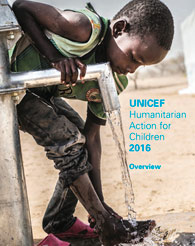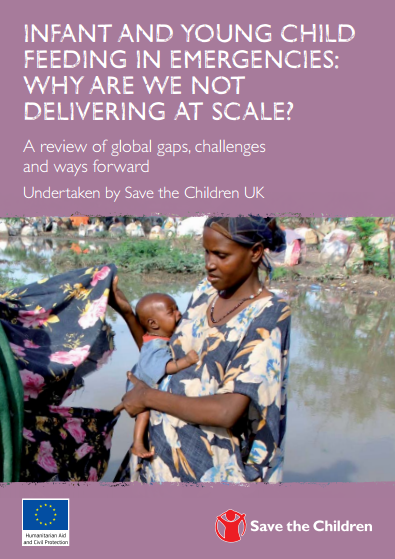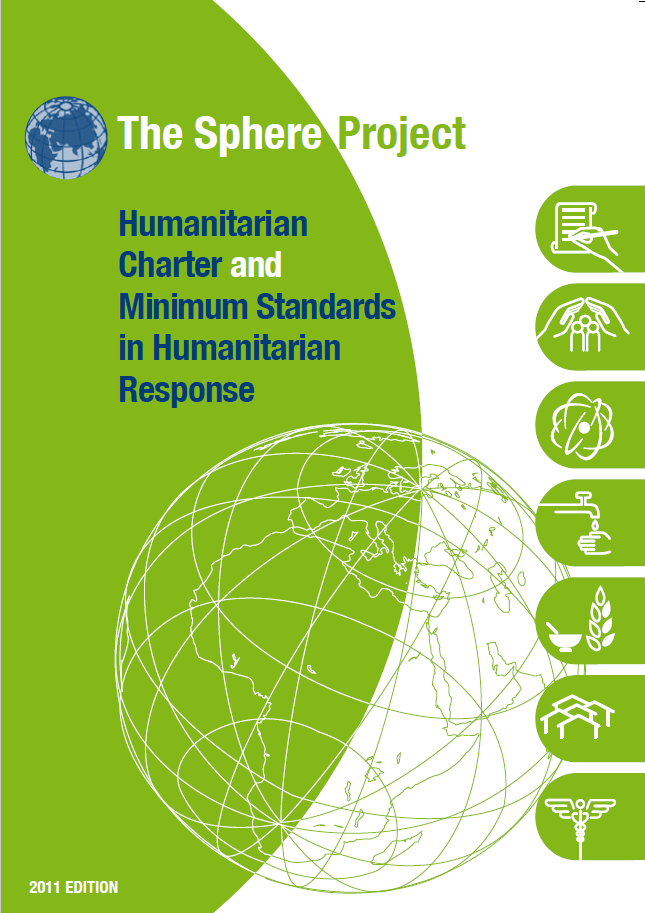Nutrition and crises
It is recognized that the forms and severity of malnutrition differ according to contexts; in particular, emergency and fragile situations require specific attention.
Hunger and malnutrition are key concerns for refugees and displaced populations, representing currently around 40 million people worldwide, many of whom - infants, children, adolescents, adults and older people - suffer from one or more forms of malnutrition. Displacement itself can lead to food insecurity, as the journey is often long, difficult and expensive. Families left behind not only lose a source of income but may also incur debt to facilitate the onward journey of relatives.
The most commonly recognized micronutrient deficiencies across all ages are caused by a lack of iron, zinc, vitamin A and iodine. Although pregnant women, children, and adolescents are often cited as populations affected the most by hidden hunger, it impairs the health of people throughout the life cycle. The levels of malnutrition in emergencies depend on factors such as the degree of civil security, food availability and accessibility, access to health services, and adequacy of assistance delivery.
Latest content relevant to Nutrition and crises

Nutrition in Protracted crisis – Breaking the vicious circle of malnutrition
16/12/2016 - Drawing on FAO technical experience, the guidance notes series supports implementation of the Framework for Action for Food Security and Nutrition in Protracted Crises (CFS-FFA), endorsed by the [...]

Humanitarian Action for Children
01/05/2016 - The number of children trapped in humanitarian crises around the world is both staggering and sobering. Nearly 250 million children live in countries affected by violent, often protracted conflicts. [...]

State of World Population 2015
01/12/2015 - Shelter From The Storm: A transformative agenda for women and girls in a crisis-prone world. More than 100 million people are in need of humanitarian assistance—more than at any time since the [...]

Infant and Young Child Feeding in Emergencies
15/11/2012 - New report undertaken by Save the Children UK can be consulted. "Infant and Young Child Feeding in Emergencies: why are we not delivering at scale? A review of global gaps, challenges and ways [...]

The Sphere Project - Humanitarian Charter and Minimum Standards in Humanitarian Response
01/01/2011 - The Humanitarian Charter and minimum standards reflect the determination of agencies to improve both the effectiveness of their assistance and their accountability to their stakeholders, contributing [...]





